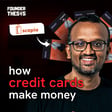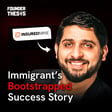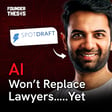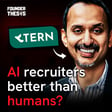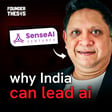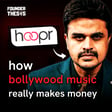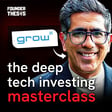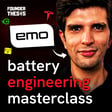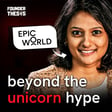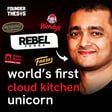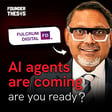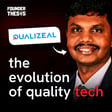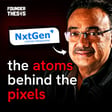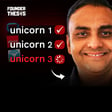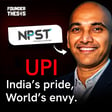
Ushering In White Revolution 2.0 | Ranjith Mukundan @ Stellapps Technologies
‘Milk is the largest crop on this planet and there is a strong need for technological interventions.’
Convinced by this, a group of ex-Wipro employees perceived digitizing the Agri-Dairy supply chain as an opportunity.
In this episode of Founder Thesis, Akshay Datt speaks with Ranjith Mukundan, Co-founder and CEO, Stellapps Technologies Private Limited - an IIT-Madras incubated start-up which provides end-to-end dairy technology solutions.
Ranjith is an alumnus of Illinois Institute of Technology, Chicago and has worked with Wipro for more than a decade. In 2011, he along with a group of IIT graduates started Stellapps to address the major problems in the milk production process and help dairy farmers and cooperatives to maximize profits with minimum effort.
Tune in to this episode to hear Ranjith speak about how Stellapps is leveraging AI/ML to revolutionize the dairy supply chain in India.
What you must not miss!
- Ranjith’s interest in M2M space.
- The business model of Stellapps.
- Finding product-market fit.
- Tech ensures supply chain integrity.
-----
If you want to be a podcaster, then check out Zencastr.com which is also the generous sponsor for this episode. Zencastr is like a Shopify for podcasters taking care of all your needs from recording to editing to hosting.
Show your love for this show by using this link to sign up: https://zen.ai/founderthesis
